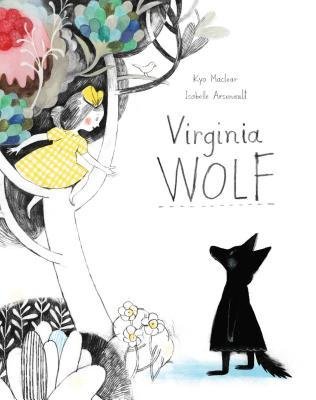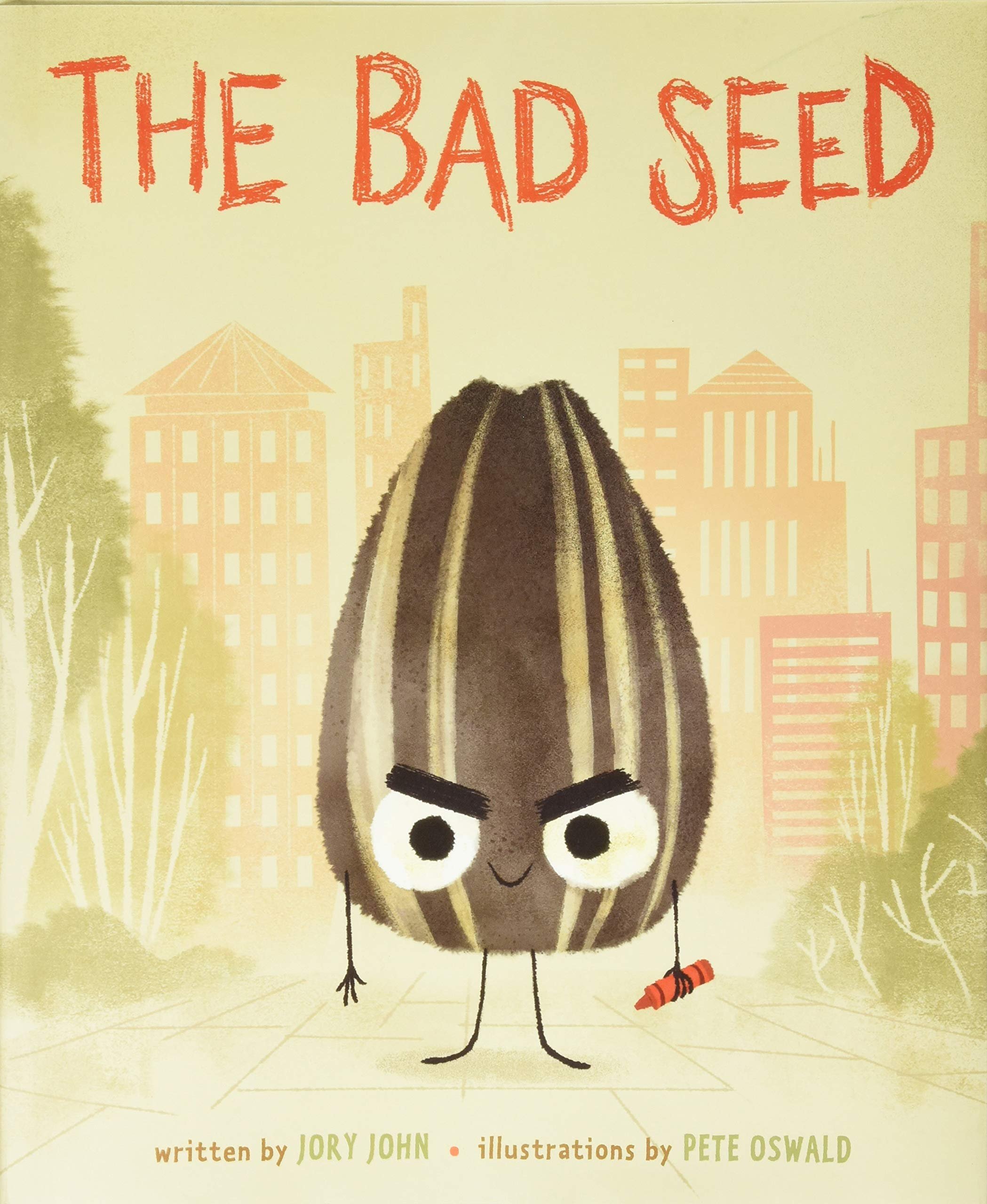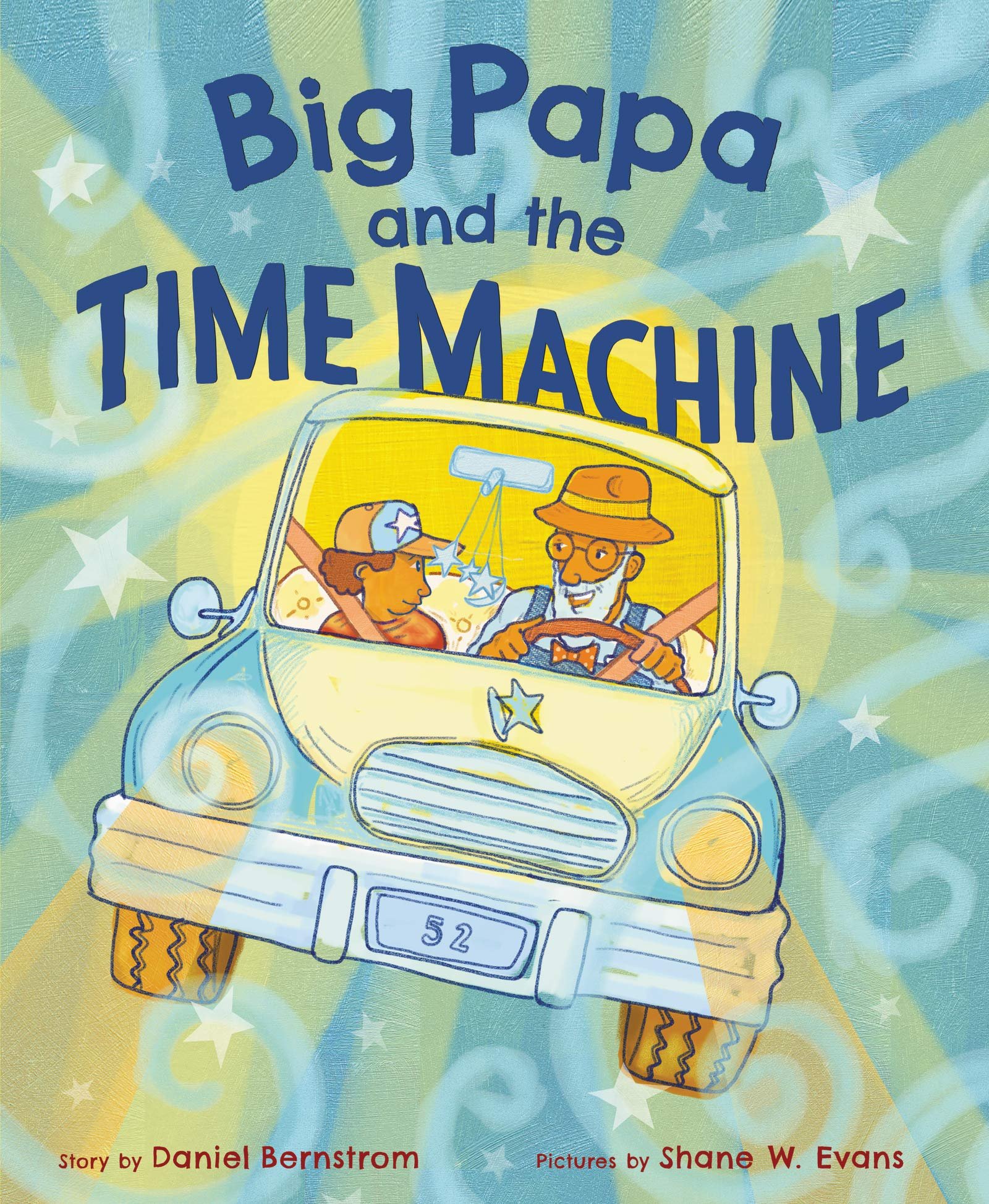On Fear, Anger, and Depression
In the spirit of a pick-me-up, I feel inspired by Kyo Maclear to be in praise of small beautiful things: whether that is “small birdsongs that rise above the noise of the city” or in the spirit-lift offered by a beautiful children’s book in which you see yourself reflected. In her book Birds, Art, Life, Maclear returns to these words which give me much comfort: “I think the world is going to be saved by millions of small things” said Pete Seeger a few years before his death in 2014. “Too many things can go wrong when they get big.”
Why are picturebooks considered small art? (As Kyo Maclear reminds us, as a Japanese Canadian artist, who gets to make big art and who gets understood to be making small art is racialized and gendered). After all, don’t books that we read in childhood glow with a “radiant quality” that can never be duplicated in adulthood? In this spirit of those millions of small things that are going to save the world, here are 3 that give me solace.
Virginia Wolf
by Kyo Maclear, Illustrated by Isabelle Arsenault
Virginia Wolf is a book that explains a long bout of sadness (or depression) to children. Author Maclear and illustrator Arsenault manage to do so while also investigating the impact of ongoing anger and sadness on sibling dynamics and the family system. In the beautiful way that children’s books have the advantage of being literal, a little girl Virginia turns into a wolf. Dramatizing the symptoms of depression, Virginia is angry and sad and sleeps both too much and not at night. Most persistently, Virginia the Wolf’s depression makes her grumpy and kind of controlling. (As we know, a need to control is the flip side of fear). Virginia tells her sister Vanessa not to brush her teeth so loudly, to take off her “cheerful yellow dress,” and even the birds are told to “stop that racket.” Virginia’s mood is contagious, as a depressed person’s mood so often is. And for those of us struggling with depression around our children, or with depressed children, or both at once, I think this book helpfully notes that when one person is sad and angry - everything can be turned topsy turvy. “Up became down. Bright became dim.” Although Vanessa often tries to cheer up her sister, it predictably does not have the desired effect. (Does anyone like being told “it’s not that bad”?). Giving up, Vanessa begins to paint beautiful pictures all over the walls of their room. At first her sister is too busy “howling at the moon to notice,” but gradually she begins to wake up and paint alongside her sister. Reminding us how, even in the midst of a bleak time, creativity can give us small moments of pleasure, and remind us even momentarily of life outside depression, this book’s beautifully illustrated gardens remind us of the possibilities of making something, anything. I feel this book encourages us to just try any creative act, whether drawing or just singing along badly to the radio. Moving beyond the need evaluate what we create - what Lynda Barry has called the hopeless choice of “Does this suck?” or “Is it good?” – maybe we can doodle just because we seem to need to make things to survive challenging times. (“Bleak house, bleak house…” one of my sons said to me knowledgeably this morning a propos of I’m not sure what). When Vanessa and Virginia finish drawing, they are able to sleep soundly. This book does not suggest that there is an easy antidote to depression, and that we can all paint our way out of the apocalypse. We adults and our children know that it’s not that simple. But it does remind us that creativity can give some respite, even if only for a moment. Just like the weather it seems, this books says, feelings come and go.
The Bad Seed
by Jory John, Illustrated by Pete Oswald
Children love The Bad Seed. They love it! The Bad Seed follows a baaaaaaadddddd seed who breaks all the rules. He never waits his turn, he brings his drum kit to the library, and he never, ever says please. As we follow along, this book explains that this seed had a rough start to life. He started out surrounded by the love of his family and friends on a big, beautiful flower. But when the flower droops, the seeds drop and are raked up into a bag. Our hero narrowly escapes being eaten. All this family of origin trauma drama shapes who he is, and why he is so bad. And yet, as he says, “I’ve decided I don’t want to be a bad seed anymore. It’s hard to be good when you’re so used to being bad. But I’m trying.” I find it very poignant when the bad seed says: “I hold doors open for people. Not always, but sometimes.” And even though I feel bad, sometimes, I also feel kind of good. It’s sort of a mix.” My own personal challenge in life (inspired by the TV show thirtysomething) is how to be a good person in an impossible world. It’s simply impossible to be good all the time, but maybe we can all hold the door for one another, literally or figuratively, sometimes.
Big Papa & The Time Machine
by Daniel Bernstrom, Illustrated by Shane W. Evans
I love this book. I love it so much. it’s a beautiful ode to children raised by grandparents and the incredible role they have in holding families together. It also speaks to children who have been abandoned by a parent or caregiver. Finally, it’s just a beautiful and profoundly feminist rejection of the tough guise of masculinity and an ode to fear. It begins with a little boy expressing his fear of starting school. “I’m scared I’ll miss you” the little boy says to his grandfather. His grandfather tells him about a number of times that he was afraid. “been scared lots of times,” Big Papa says to the little boy. Big Papa details a number of times he was afraid, he’s afraid of his racist boss, he’s afraid to leave his mother and move out of the South to take advantages of opportunities in the North, he’s afraid to do a scary job where he had to climb tall tall buildings to work. And yet, Big Papa reminds his grandson, “you gotta jump in an ocean of scared if you ever gonna dance with an angel. And that’s called being brave.” Finally, poignantly, he describes being afraid when the boy’s mother left his grandson with him for good:
We took our time machine to the day a sad girl left a baby in Big Papa’s arms.
“I’m that baby?”
“Yes,” Big Papa said. “Your mama left you here for a while.”
“But she never came back.”
“No,” Big Papa said. “She never came back.”
“Was you scared?”
“You was so little and I was so old.”
But, Big Papa says, and this feels so true for all of us: “Sometimes you gotta love the unexpected if you ever gonna find love at all. His grandson asks him, are you scared right now? And his grandpa says, words that never fail to bring tears to my eyes: “Yes. I’m scared you growin up too fast. . . and I already miss you.”
Oh, this shortest longest time. Why does it seem to creep by and then be gone all at once. I remember putting my son to sleep endlessly in a baby carrier, simultaneously wishing he’d fall asleep while already worrying that soon he would no longer be a baby. For children who are afraid, who struggle with anxiety, and really, what child doesn’t in this time, isn’t there something comforting in remembering that “being scared never goes away.”


